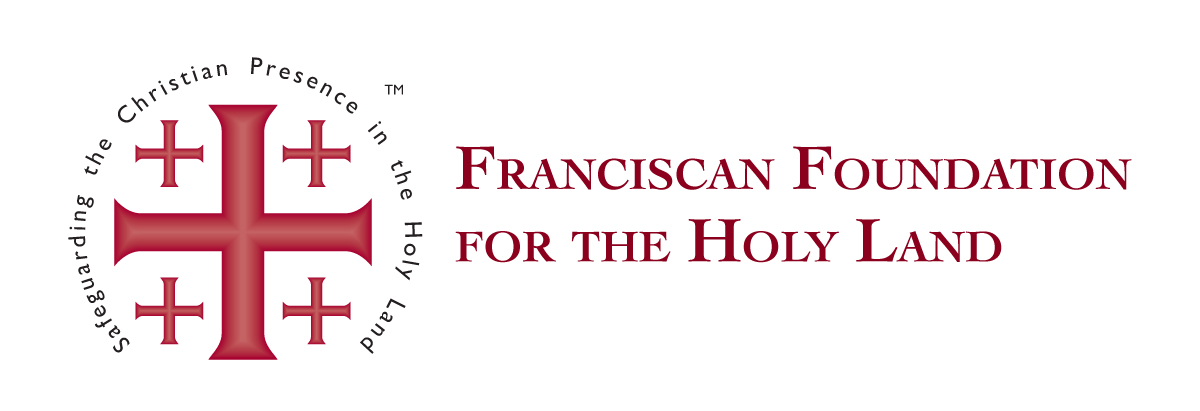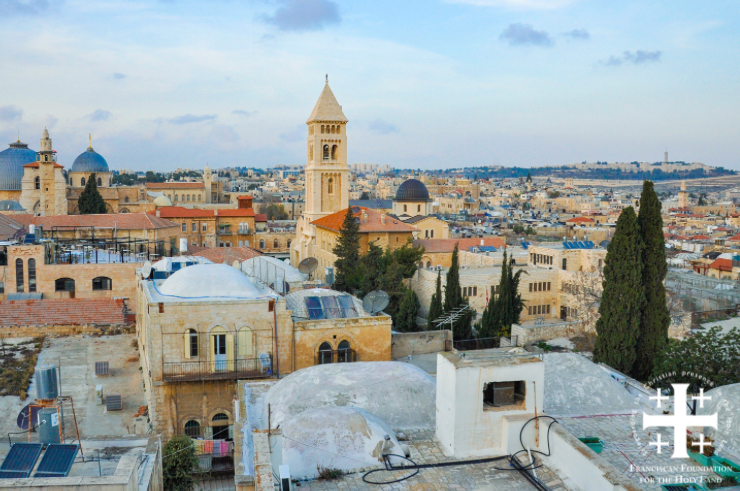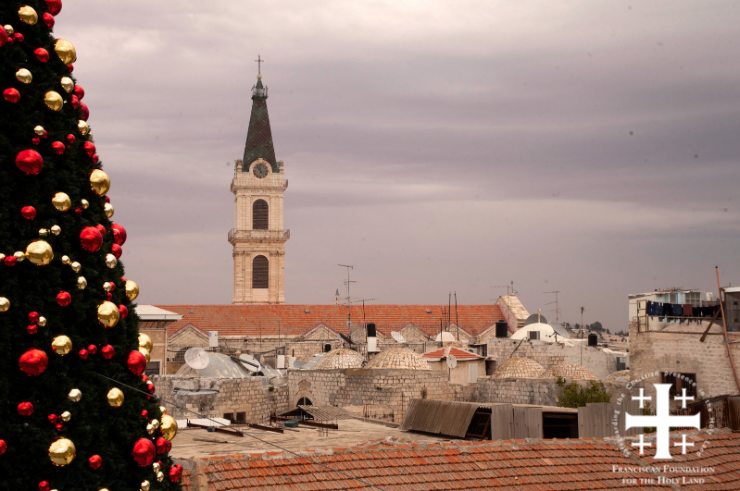(By Andrea Tornielli, Vatican Insider) In the archaeological park just inaugurated, discovered one of the seven most ancient synagogues, dating back to the first century. The archaeologists called the excavations “the Pompeii of Israel”.
Archaeologists call it “the Pompeii of Israel” and even though no buildings have remained intact, like in the city crystallized by lava on the slopes of Mount Vesuvius, some natural event must have taken place for life in this town on the shores of Lake Tiberius stop in the first century of the Christian era. Here they just uncovered one of the seven oldest synagogues in the world, the oldest of Galilee, which preserves frescoes and pieces of a mosaic floor, a floor that, given the proximity to the city of Capernaum, may have been walked upon by Jesus.
We’re talking about Migdal (Magdala in Aramaic), a city mentioned in the Talmud as “Magdala of the fish”, mentioned by Josephus for its strategic position on the via Maris which linked Egypt to Damascus, and the birthplace of Mary Magdalene, the woman follower of Jesus, one of the first witnesses of his resurrection mentioned in the Gospels. Here an archaeological park has just been inaugurated where it is possible to visit ruins and relics of exceptional value. The story of the discovery began in 2004 when Father Juan Solana, director of the Notre Dame Center in Jerusalem, a hotel for pilgrims of the Holy, buys land on the shore of the lake to build a similar establishment on the shores of the lake. Work began in 2009. The huts of Hawaii Beach, a tourist village built in 1960, are demolished to erect in their place a hotel that can accommodate 300 people, a restaurant and a center of spirituality that promotes prayer and contemplation on the banks of the lake where the most important episodes of the life and preaching of Jesus took place.
Nothing is found in that part where the welcome center is built. But surveys of the nearby ground,which in the project was intended to be an ecumenical chapel and a large garden, reveal instead something unexpected: there is an entire town to bring to light. Unlike the nearby area owned by the Custos of the Holy Land, where there are the remains of Magdala that date back to the crusades, in the part that remained buried for almost two thousand years everything seems to have stopped in the first century.
“It was assumed that there had been a flood – said Father Solana to Vatican Insider – given that behind us we have Mount Arbel, which is rather tilted in our direction. A flood that hit our part of town and not the one which has been brought to light by the Custody of the Holy Land. So here everything has remained as it was, while on the other part, life has continued”.
“In the floor of the synagogue – adds the Mexican priest – we found a coin dating back to the year 29, while a few days goes, on the road that leads to the ancient Jewish prayer site, we discovered another beautiful coin dating back to the year 33”. The Jewel of the archaeological park is actually the synagogue, which is located in the northwest corner of the city and is complete with main room, the room devoted to the school and a smaller room where the Torah was kept, along with rooms that housed the Rabbi on duty.
“Jesus travelled throughout Galilee, teaching in their synagogues and preaching the gospel of the Kingdom …”. This we read in Matthew 4:23. And therefore, given the proximity of the excavation to Capernaum, where Peter and Andrew lived and where Jesus himself lived, the synagogue of Magdala just discovered was most probably the teaching site of the Nazarene.
“Even the synagogue was overwhelmed by the flood or was buried and abandoned in 66-67 AD – Father Solana says – when the inhabitants of Magdala and the rebels who had poured in were massacred by the Romans”.The excavations were carried out by the Israel Antiquities Authority archaeologists, led by Dina Avshalom-Giorni, Arfan Najar and Marcella Zapata, who represents the University Anahuac del Sur and the UNAM (the Unviersidad Nacional Autonoma de Mexico)
“The most important finding is the large stone carved as a building, which served as an altar, where the Torah was placed to be read and commented. That stone seems to represent the second Temple of Jerusalem and it is something never seen before. Among other things, there is a depicted Menorah that is different from the one carved on the Arch of Titus in Rome, which always refers to the Temple”.
In fact, the Israeli archaeologist Rina Talgam, an expert of ancient Jewish art, believes that this miniaturized representation of the Temple, unusual for ancient Judaism, may have been influenced by the very first Christian community. In the stone, apart from the seven-branched menorah and the vessels for wine and olive oil on each side, there is a carved rosette composed of twelve leaves and chariots of fire.
“The synagogue, where sections of wall 80 cm high have remained standing, there is a fresco dated around the year 40 – Father Solana adds – we know this from coins found under the plaster”. “Frescoes and mosaics suggest a westernized trend which poorly fits in, says the Mexican priest “with the characteristics of the population of Magdala, as it is described in the chronicles,which was composed of zealots and rebels trying to fight the Roman domination”.
An entire block of the city of Magdala which recently came to light, was inhabited by fishing families. The excavations have revealed many typical tools for fishing and processing fish which here was worked and sold in the markets of Rome. The Greek name of Magdala, “Tarichea”, means “drying plant”. “We found the area where salting was carried out”, Solana said. A public building was also uncovered with flagstone floors and two ritual baths with a mosaic.
So that which was supposed to be only a large welcome center for the spirituality and refreshment of pilgrims in Galilee, with adjoining church dedicated to Mary Magdalene, has been transformed into a place of great archaeological attraction. And even though no houses were found which showed signs of any particular cult, or of the event that stopped the clock in the history of this part of Magdala, the fact that the most famous wealthy women who followed Jesus and helped him came from here somehow makes this a «holy»place as well.






